The hip abductor is an essential muscle group located in the outer part of the hip. It plays a crucial role in various movements and daily activities, particularly those that involve the legs and pelvis. Whether you’re an athlete, someone working out at the gym, or simply looking to understand more about body mechanics, knowing what the hip abductor does can enhance your approach to fitness and injury prevention.
The Anatomy of the Hip Abductor
The hip abductor group is made up of several muscles, including the gluteus medius, gluteus minimus, and tensor fasciae latae (TFL). These muscles are located around the outer side of the hip, working together to control the movement of the thigh away from the body’s midline.
- Gluteus Medius: This is the largest and most powerful muscle of the group, positioned on the outer surface of the pelvis. It helps stabilize the pelvis and plays a key role in preventing excessive tilting of the pelvis when standing or walking.
- Gluteus Minimus: Located beneath the gluteus medius, this smaller muscle assists with the same actions and provides additional support for hip stability.
- Tensor Fasciae Latae (TFL): The TFL is involved in hip abduction and also helps stabilize the knee. It connects to the iliotibial (IT) band, which plays a role in balancing the forces exerted on the leg during movement.
The Function of the Hip Abductor
The primary function of the hip abductor is to move the leg outward, away from the body’s midline. This action is known as abduction, which is vital for several reasons. The hip abductor is engaged in various motions that are essential for both dynamic and static body control.
-
Stabilization During Walking and Running: The hip abductors are crucial for maintaining stability during walking or running. When you step, your body’s weight shifts to one leg, and the hip abductor on the opposite side contracts to keep your pelvis level. This prevents the pelvis from dropping to the side, which can lead to a condition called "Trendelenburg gait" — a sign of weak hip abductors.
-
Lateral Movements: Hip abductors are heavily involved in side-to-side movements like skating, dancing, or any sport requiring lateral motions. They allow the legs to move outward efficiently and help maintain balance when moving in multiple directions.
-
Balance and Posture: These muscles also aid in maintaining your posture while standing. When one leg is lifted (like when climbing stairs or standing on one leg), the hip abductors on the supporting leg prevent your pelvis from tilting too much. Strong hip abductors contribute to better posture and reduced risk of lower back pain.
-
Leg and Pelvic Stability: The hip abductor muscles work together to stabilize the pelvis during various motions, including squats, lunges, or standing. Without this stability, the body would struggle to maintain an upright position during exercise or even during simple daily tasks, like standing for prolonged periods.
Exercises to Strengthen the Hip Abductors
To maximize performance and prevent injury, it’s important to keep the hip abductors strong. Here are a few exercises that target these muscles:
-
Side-Lying Leg Raises: This exercise isolates the hip abductors by lying on one side and lifting your top leg upward. It can be done with or without ankle weights to increase resistance.
-
Lateral Band Walks: Using a resistance band placed around your legs, walk side to side in a squat position. This engages both the gluteus medius and minimus, helping improve both strength and stability.
-
Clamshells: While lying on your side with your knees bent, open and close your legs like a clamshell. This motion specifically targets the gluteus medius.
-
Hip Abduction Machine: Gym machines designed for hip abduction provide targeted resistance, allowing for focused strengthening of these muscles. Sitting on the machine, you push your legs outward against resistance.
Why Hip Abductor Strength Matters
Having strong hip abductors contributes to better athletic performance, increased mobility, and injury prevention. Weakness in these muscles can lead to poor posture, reduced balance, and even joint issues such as knee pain or hip pain. In activities like running or cycling, where the hip abductors play a pivotal role in stabilizing the legs, imbalances can result in overcompensation from other muscle groups, leading to strain and discomfort.
Additionally, a strong hip abductor helps with functional movements in everyday life, from climbing stairs to standing up from a seated position. It also plays a critical role in protecting the knees by maintaining proper alignment and preventing the legs from caving inward during activities such as squats.
Conclusion
In conclusion, the hip abductor muscles are vital for proper lower body function. They help in controlling the outward movement of the legs, stabilizing the pelvis during various activities, and contributing to better posture and balance. Strengthening these muscles not only enhances athletic performance but also promotes long-term joint health and injury prevention. Whether you’re an athlete, a gym enthusiast, or just aiming for better body mechanics, keeping the hip abductors strong is crucial to maintaining an active and healthy

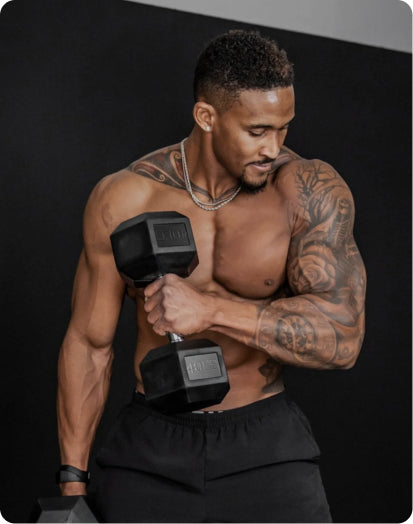
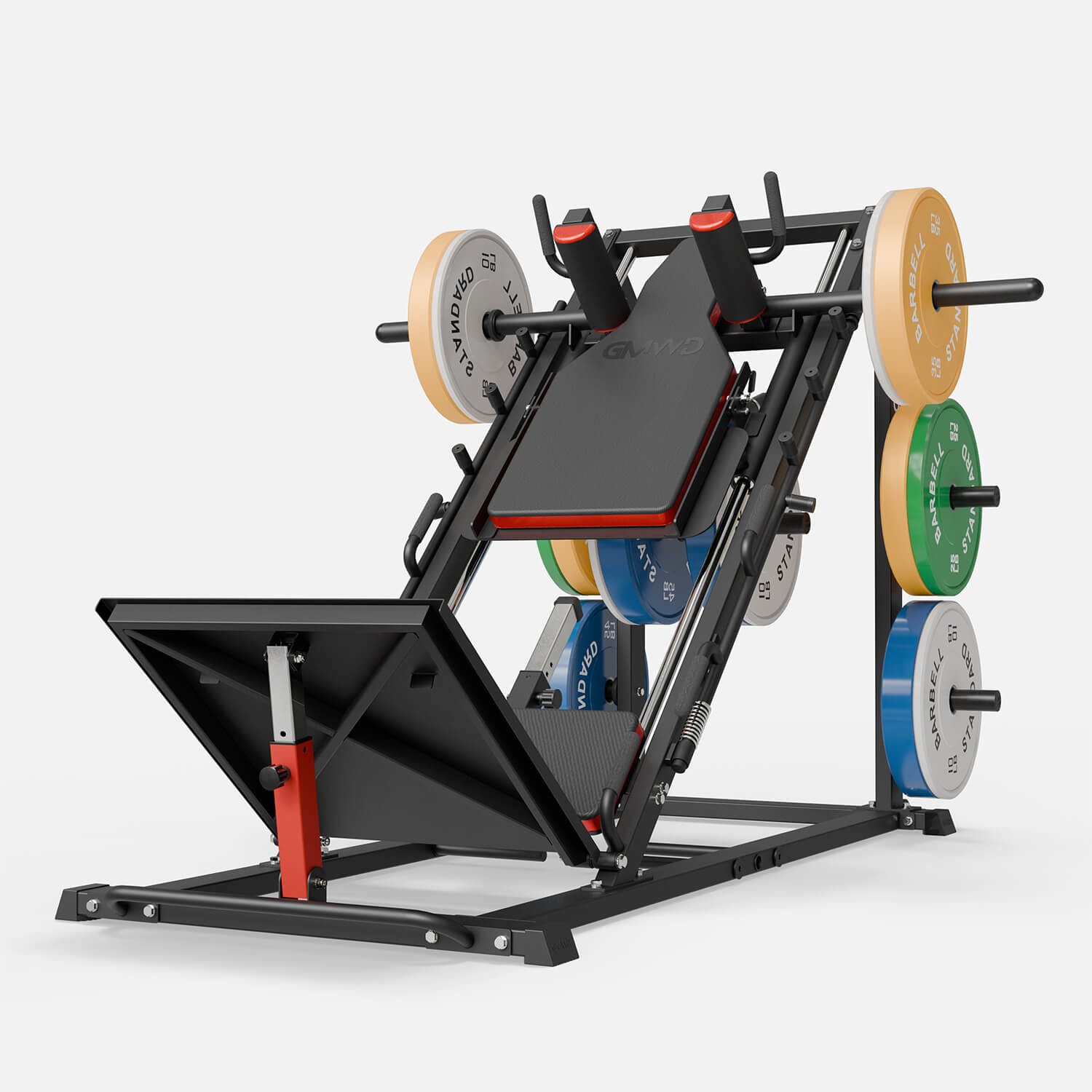
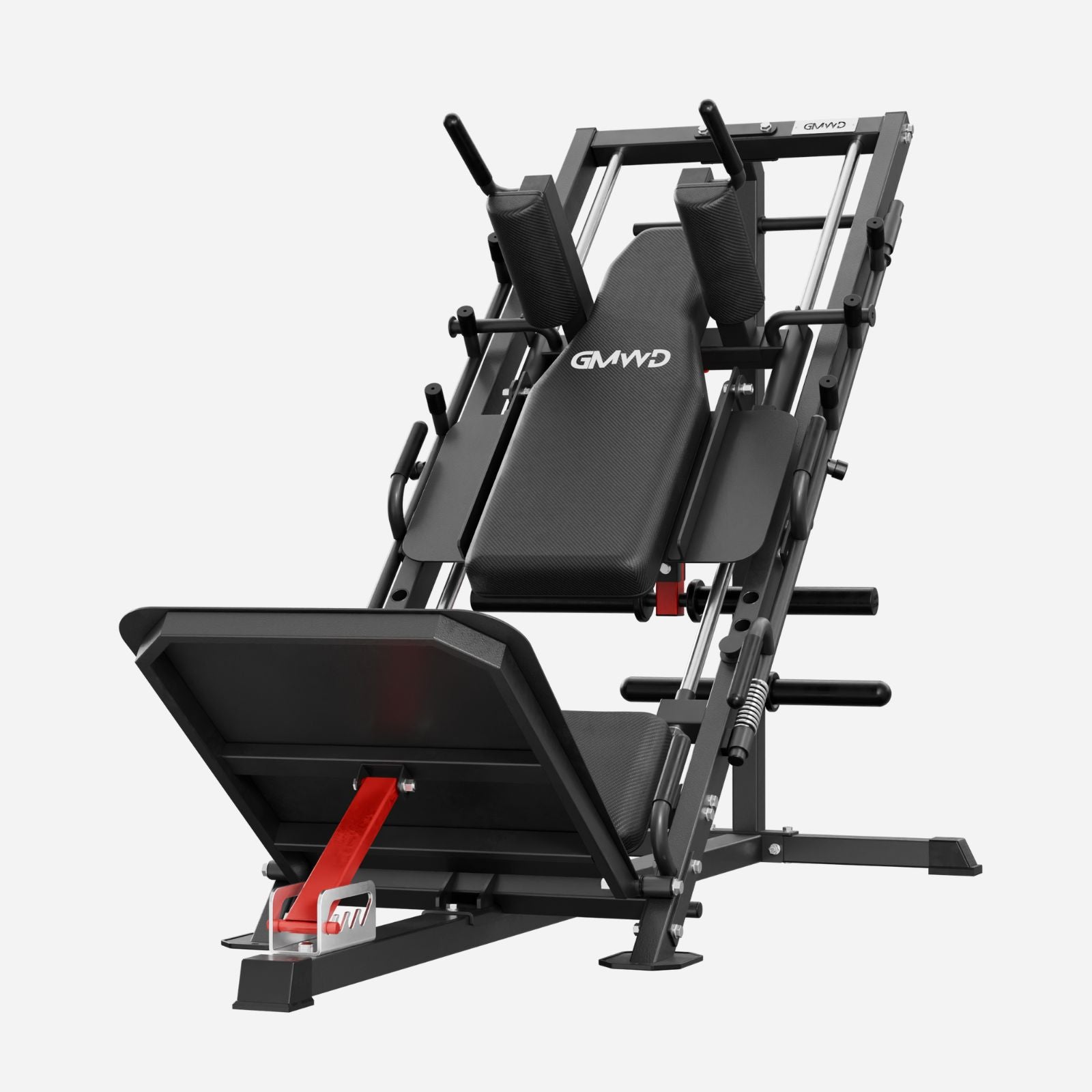
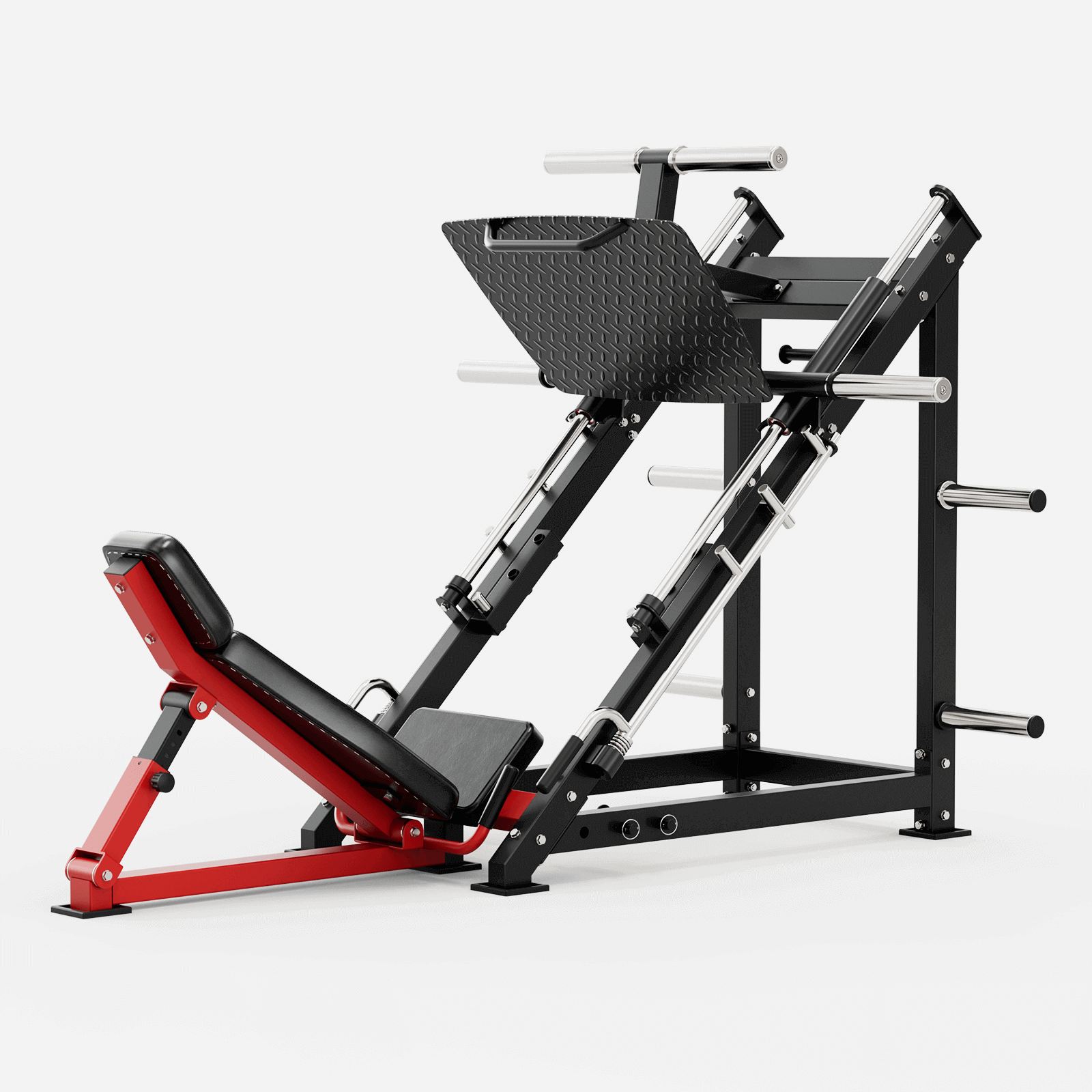
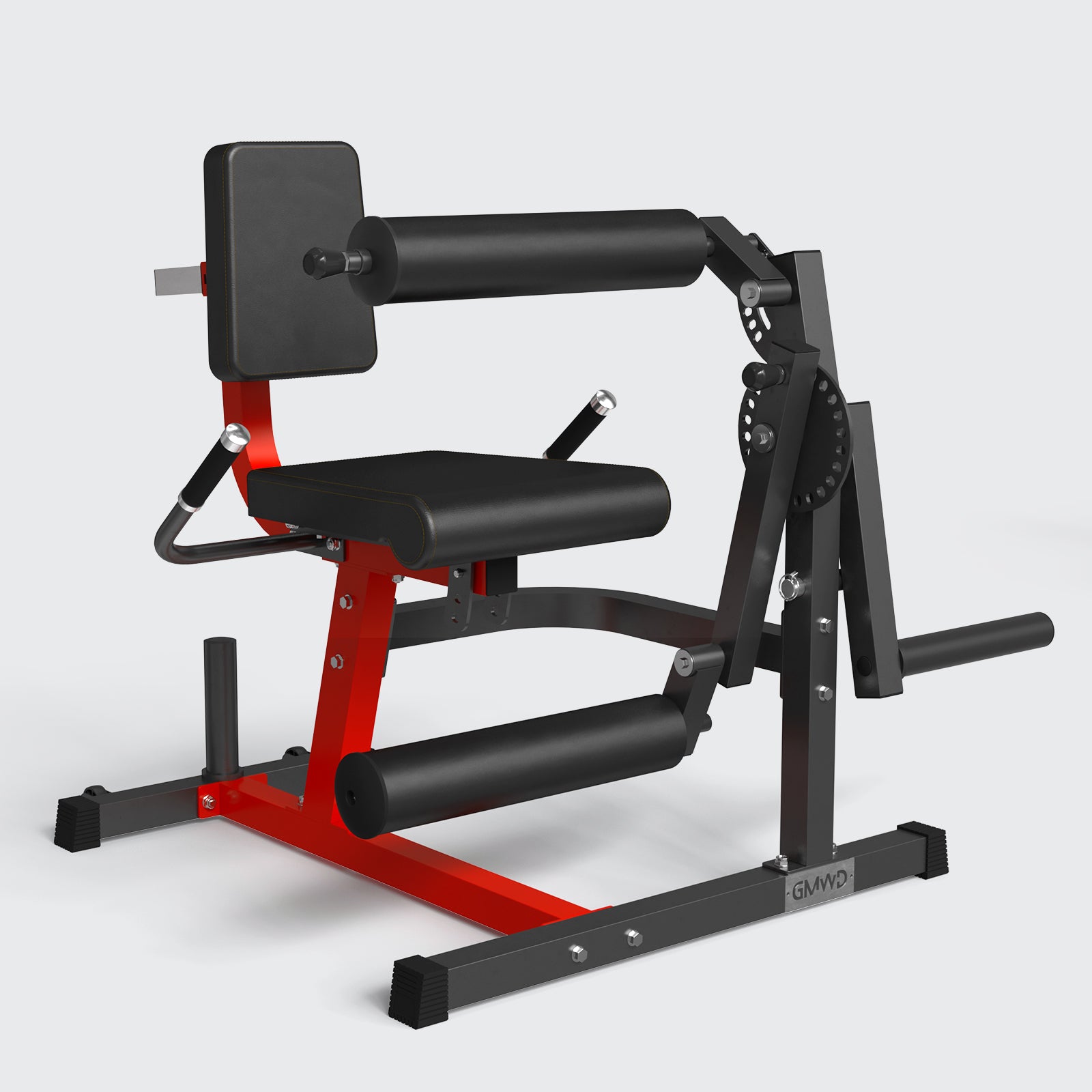
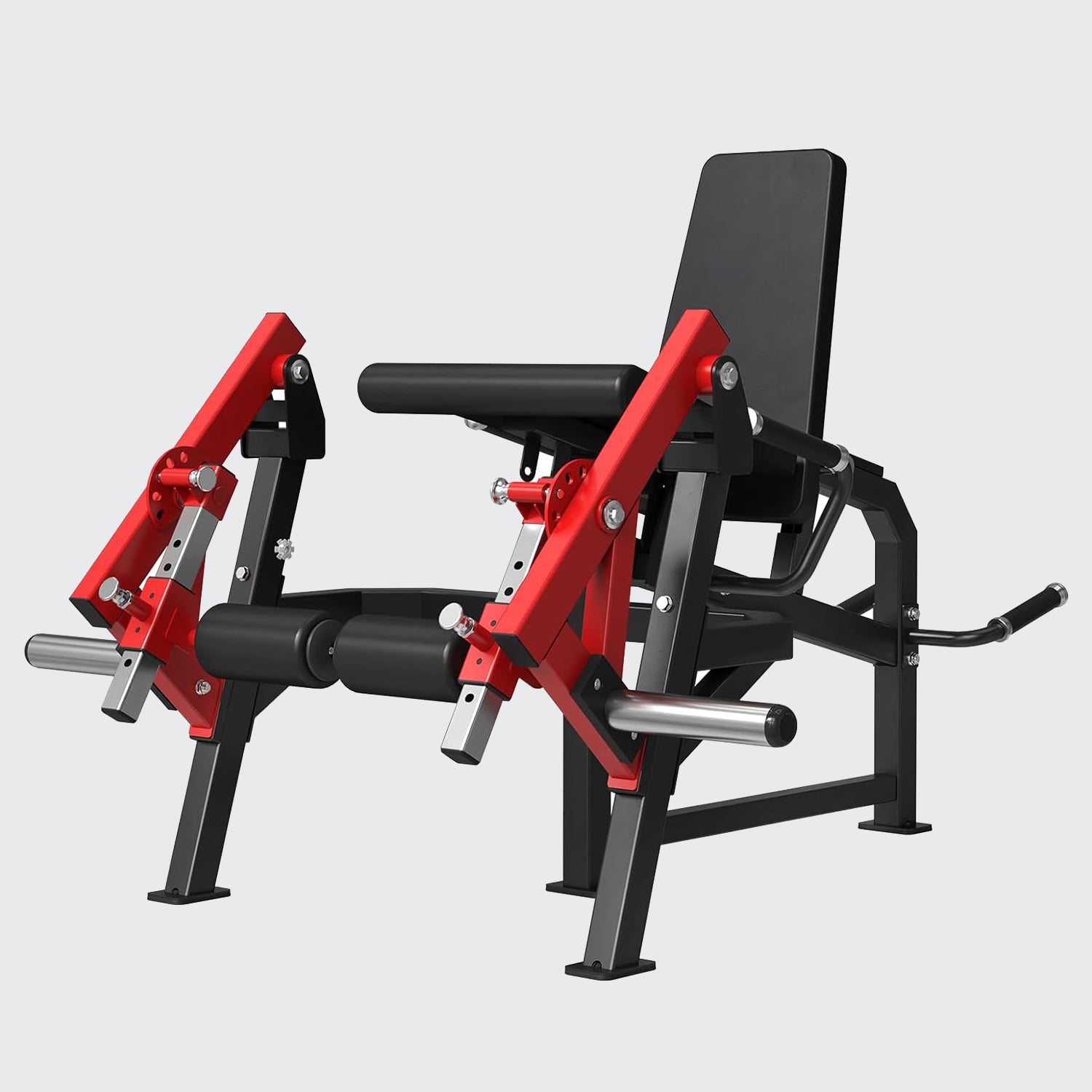
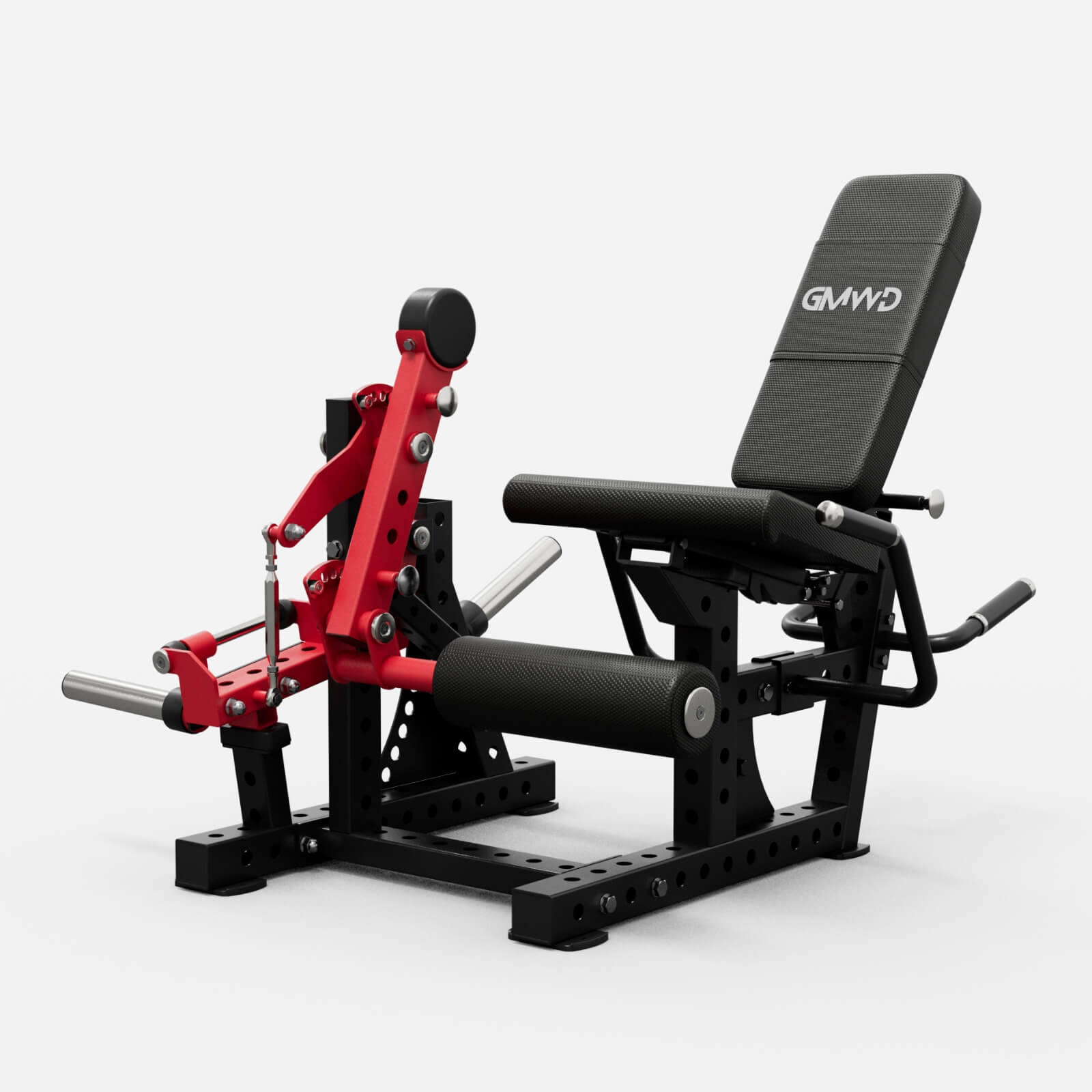
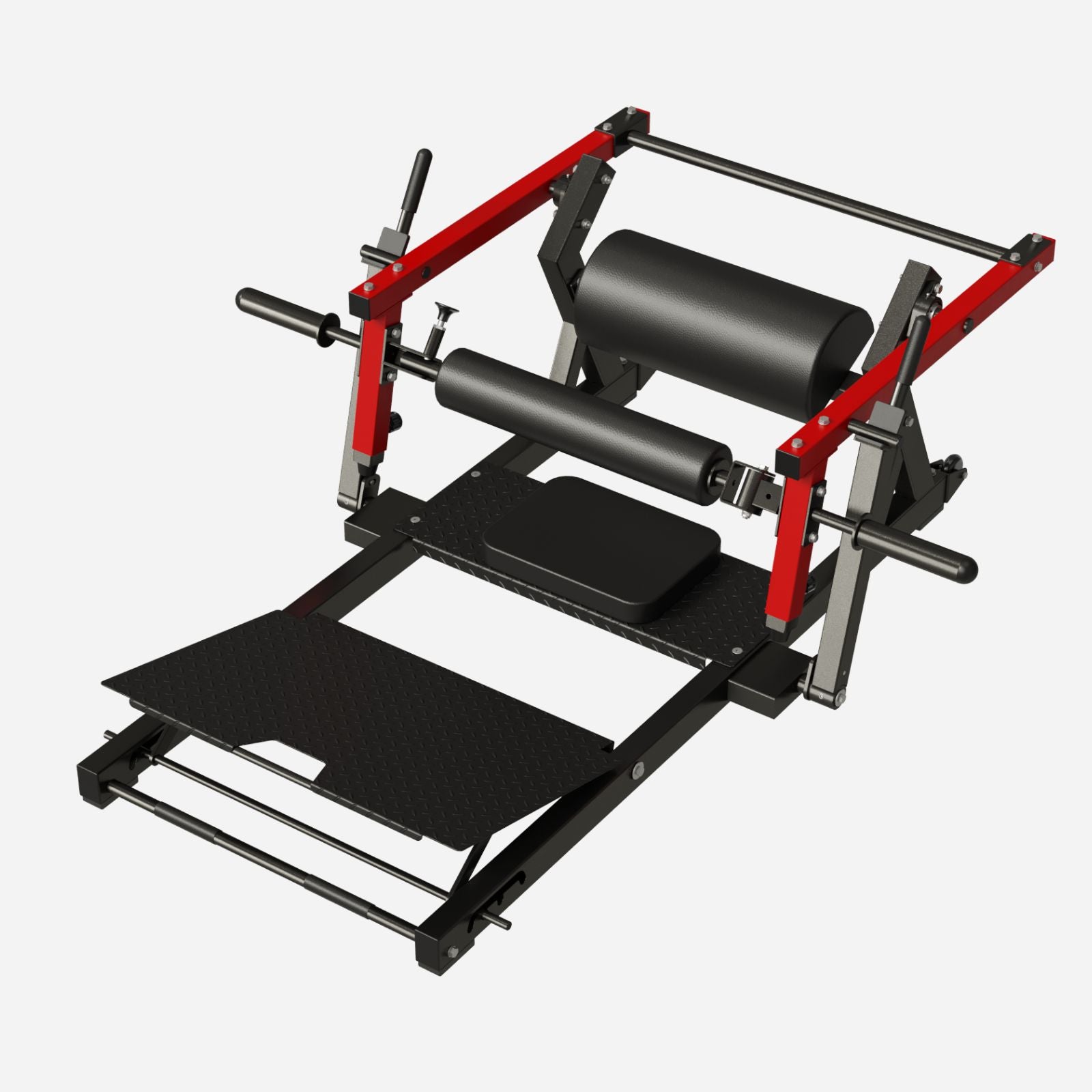

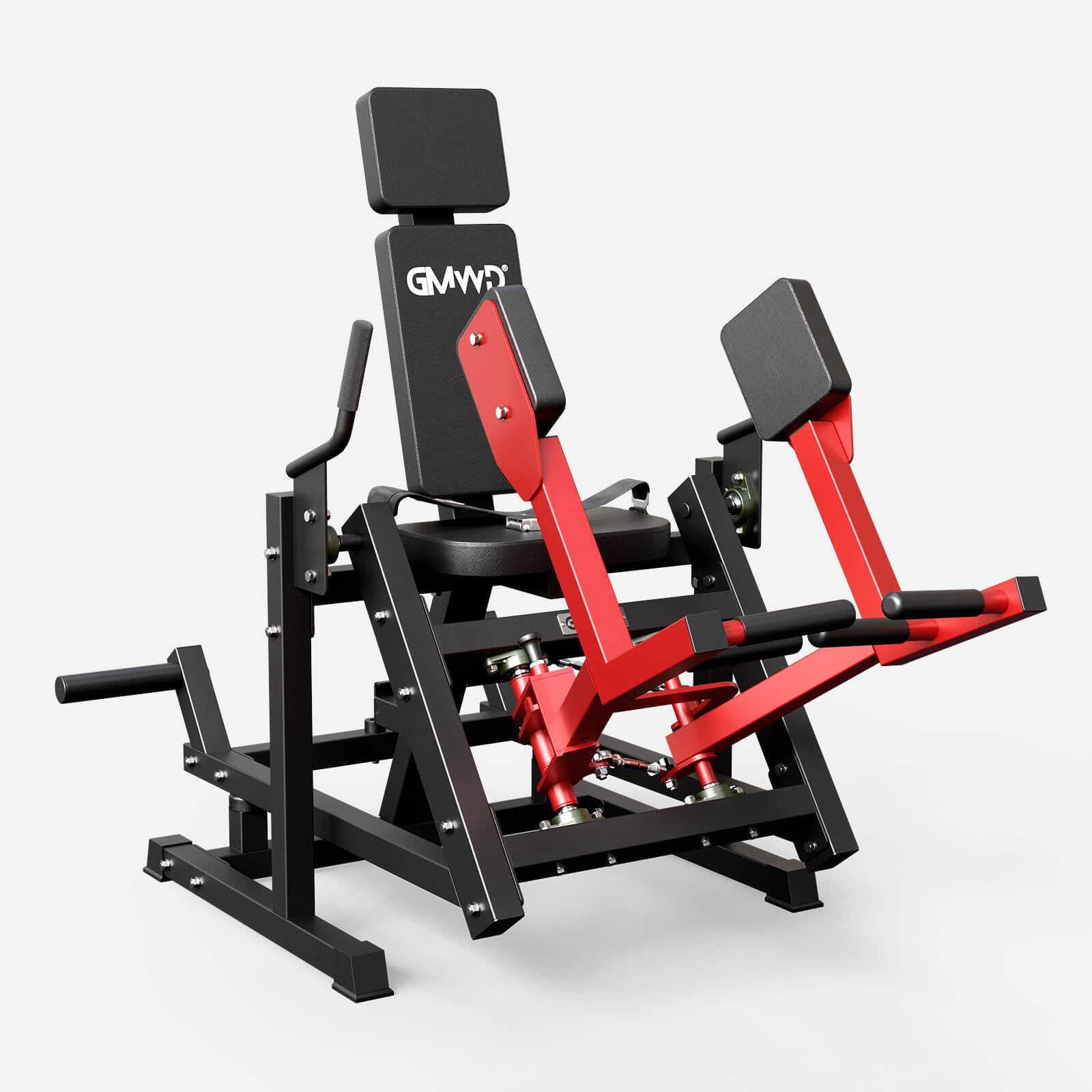
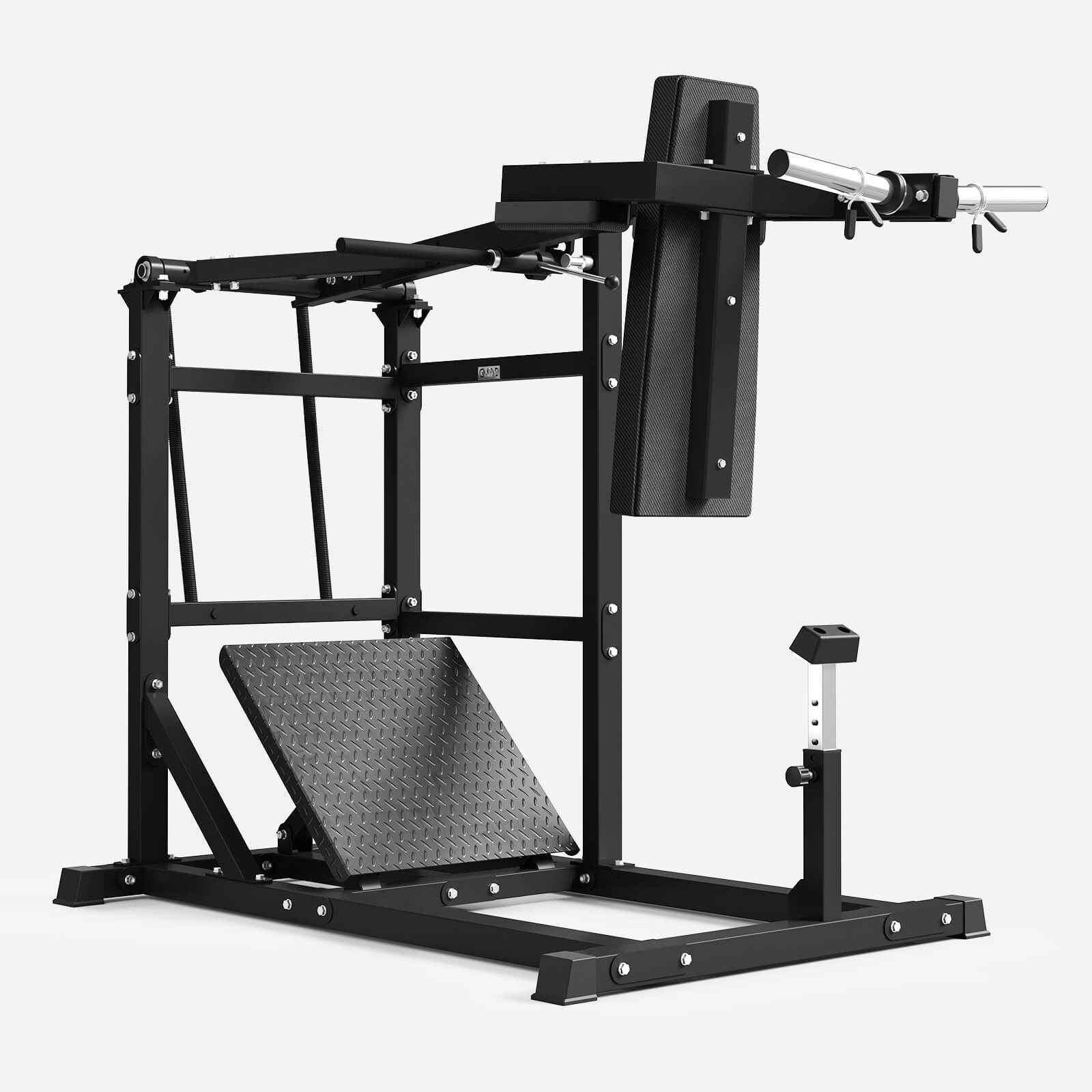
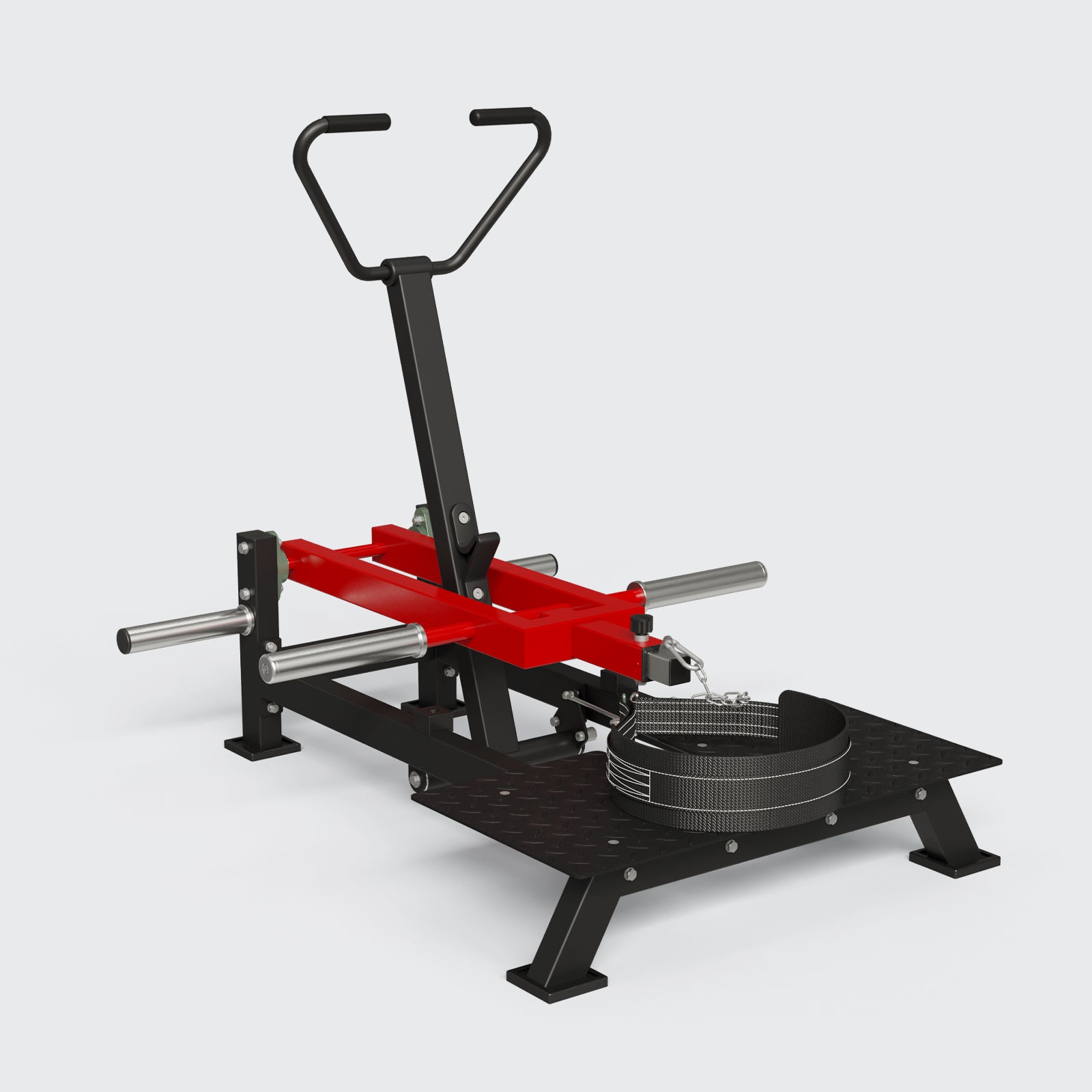
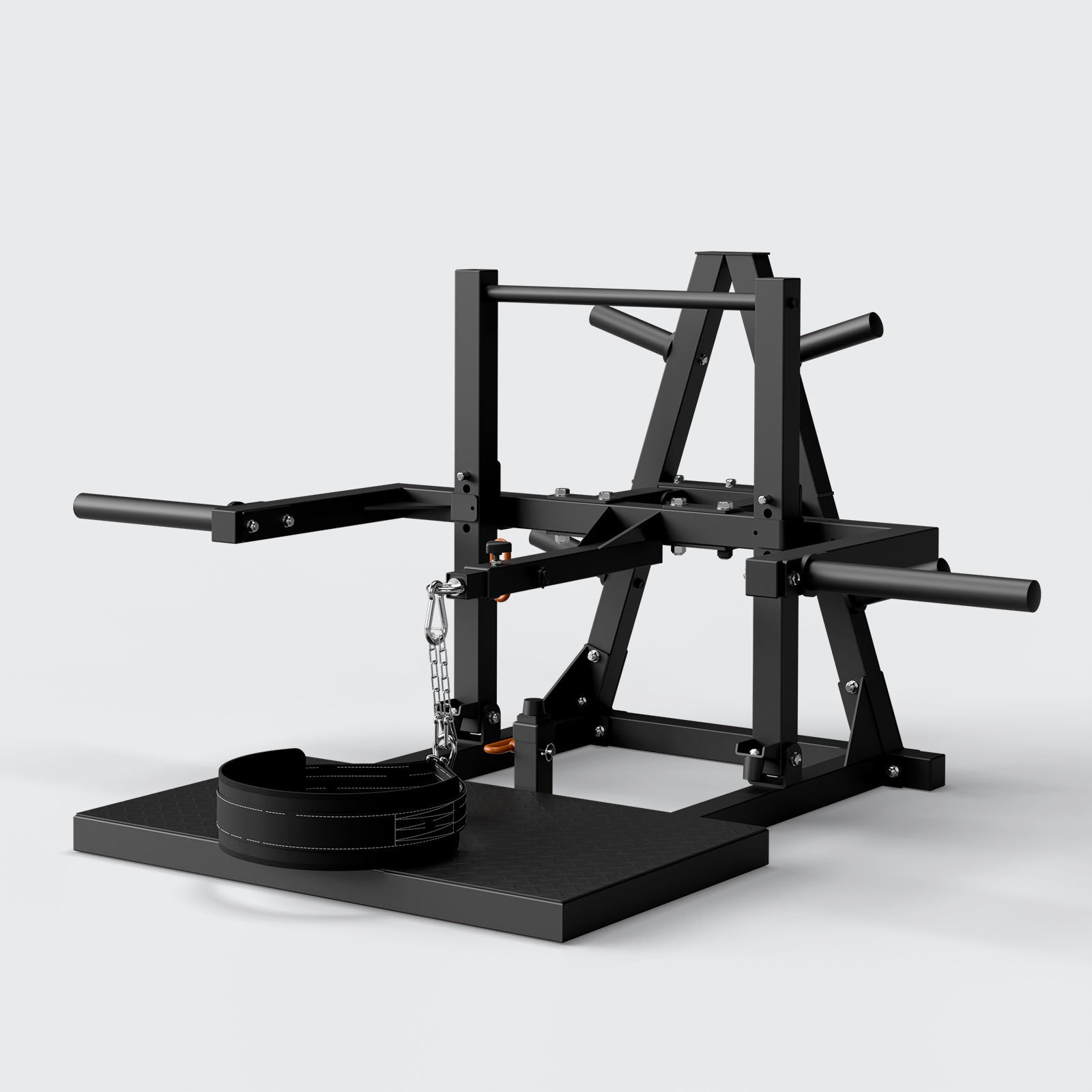

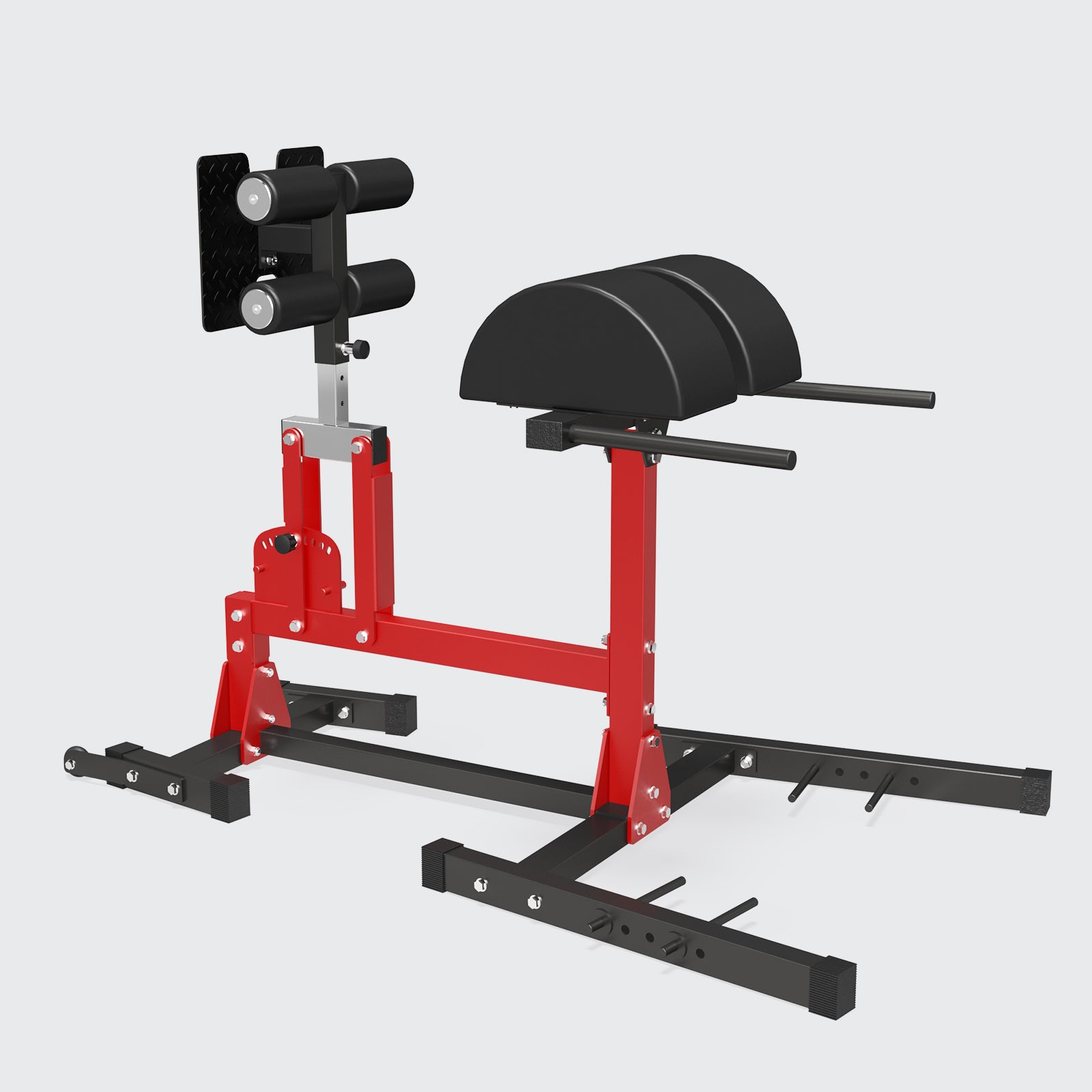
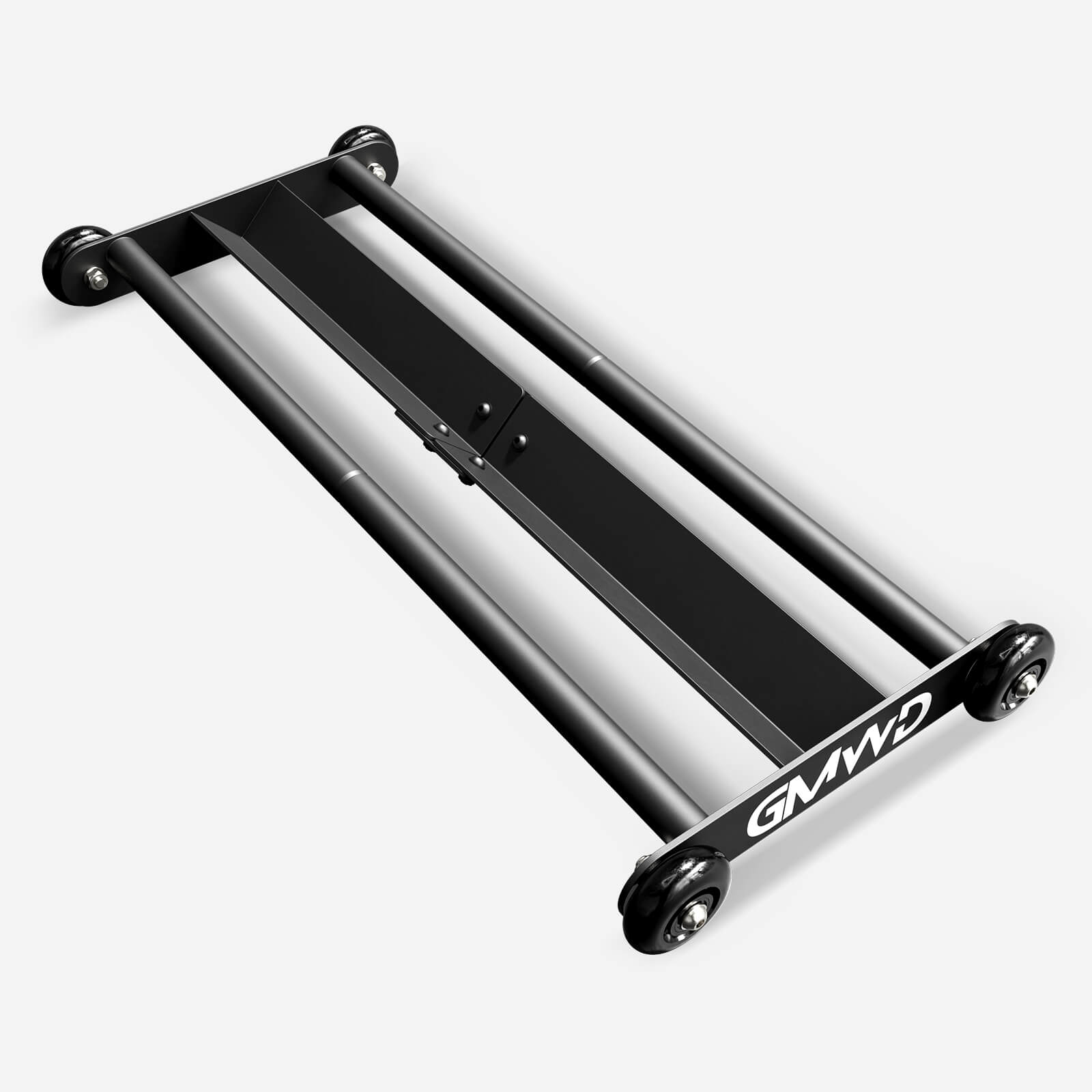
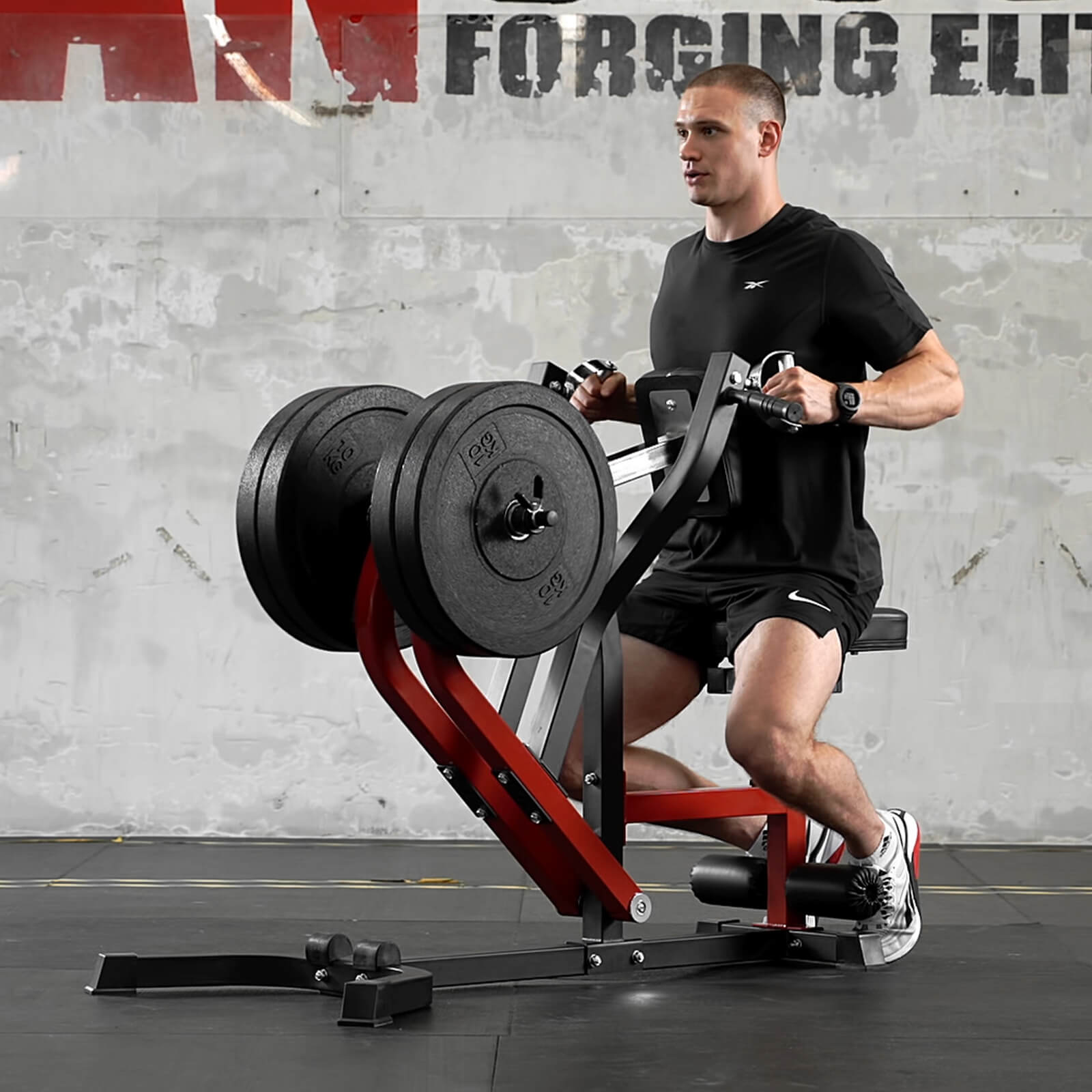
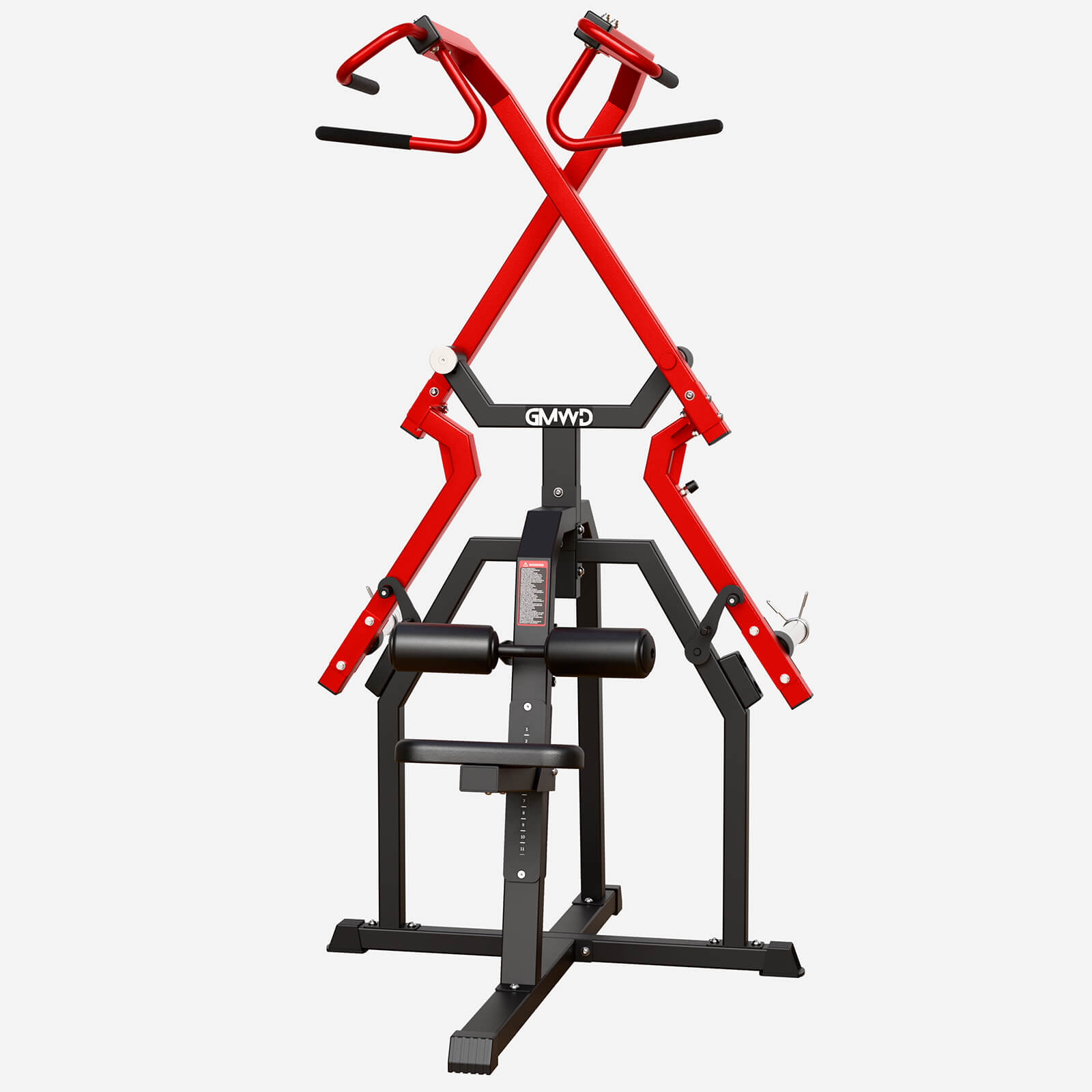
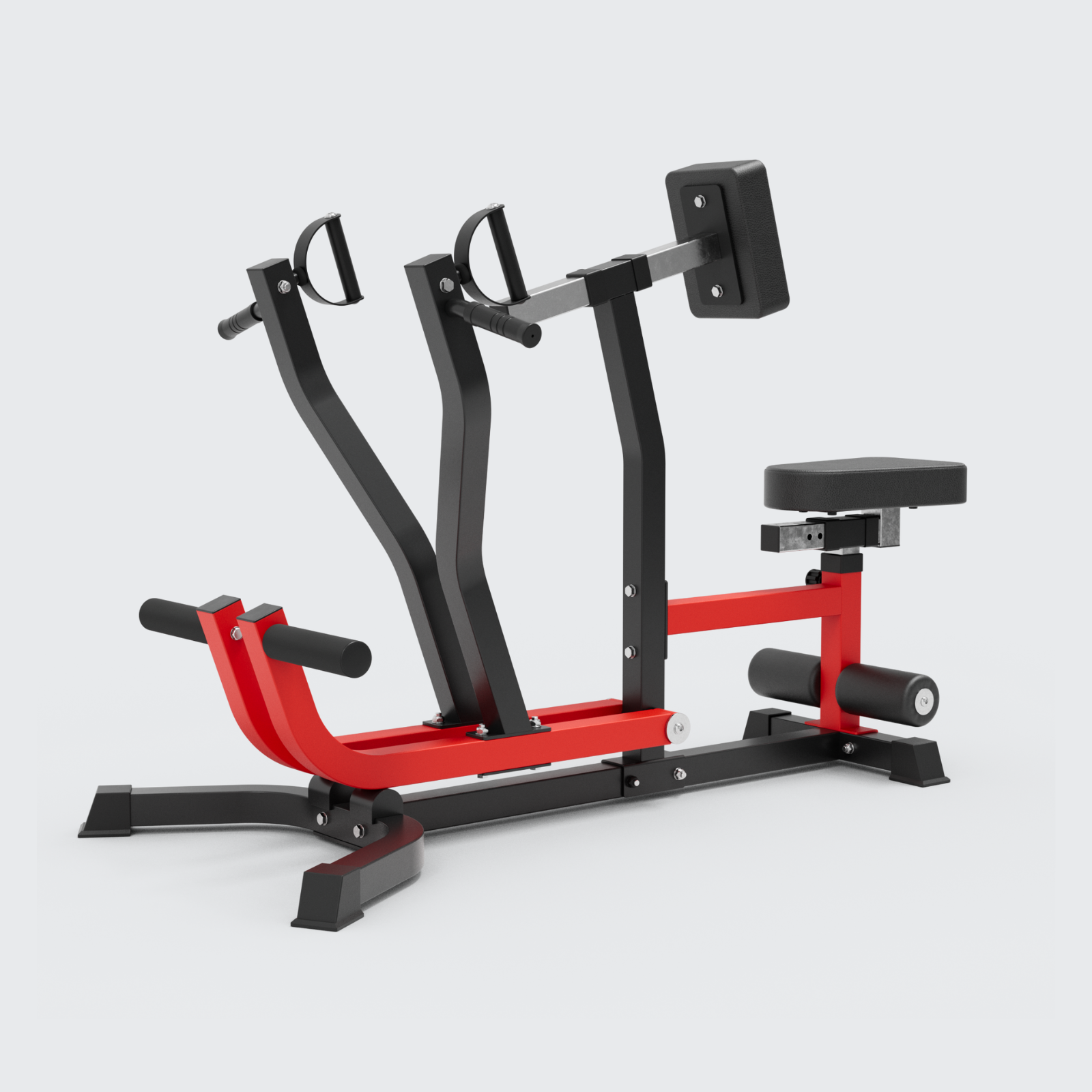
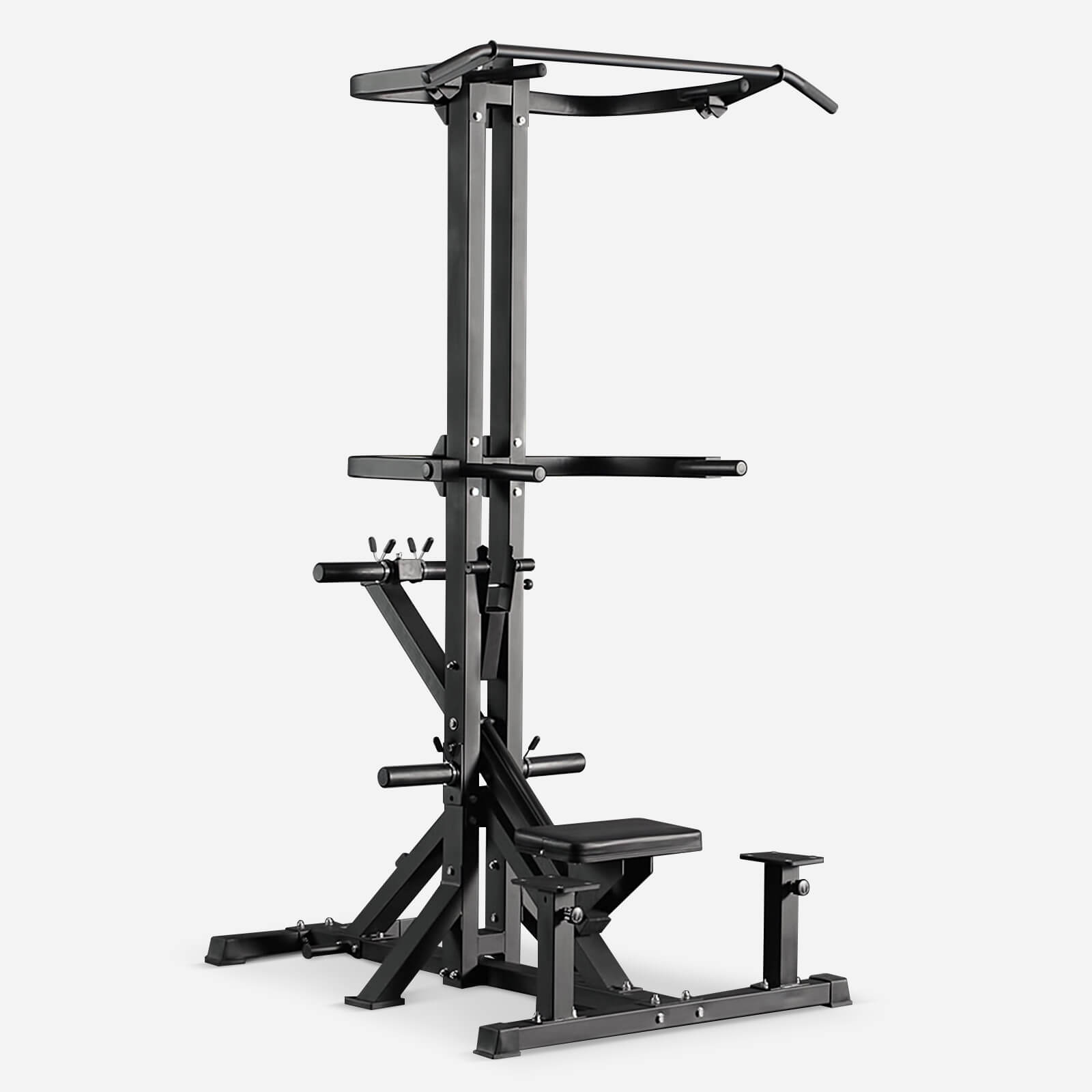
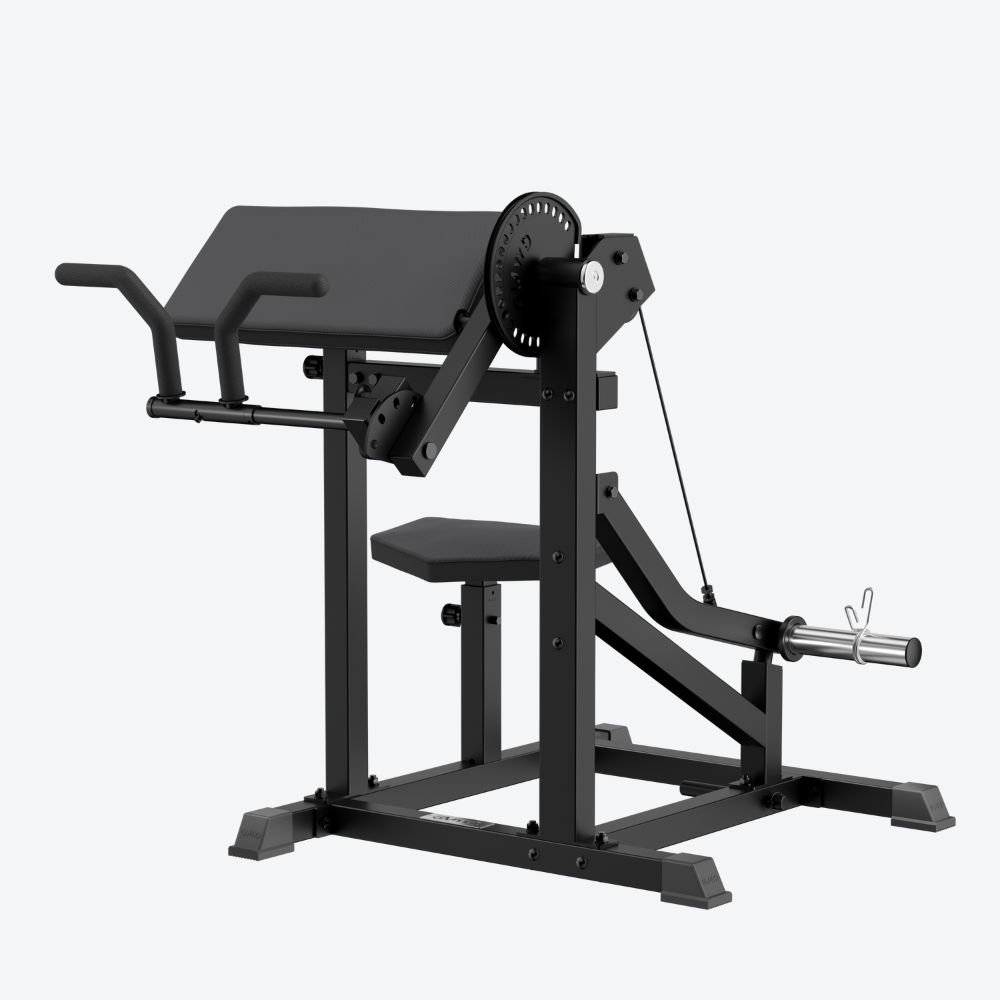
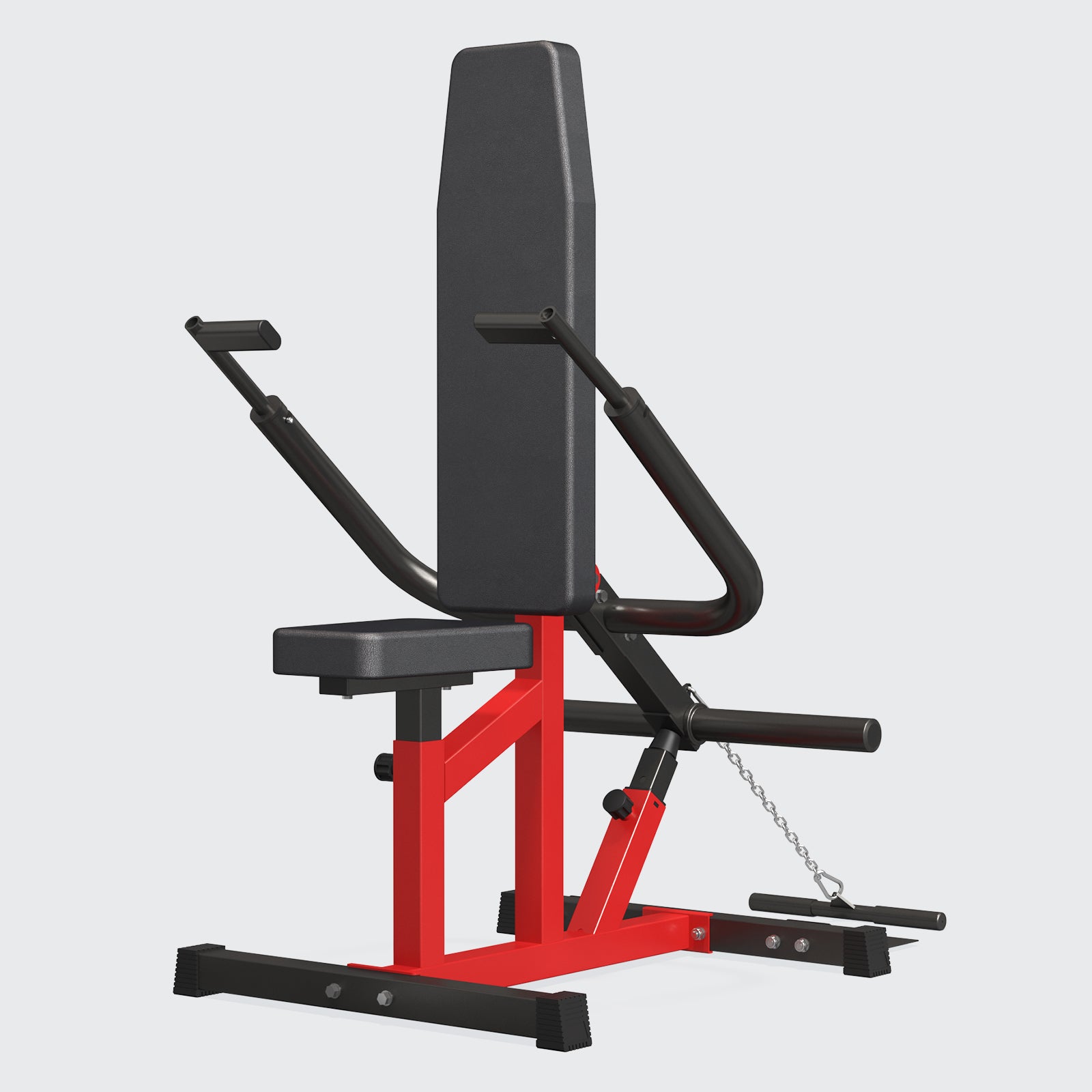
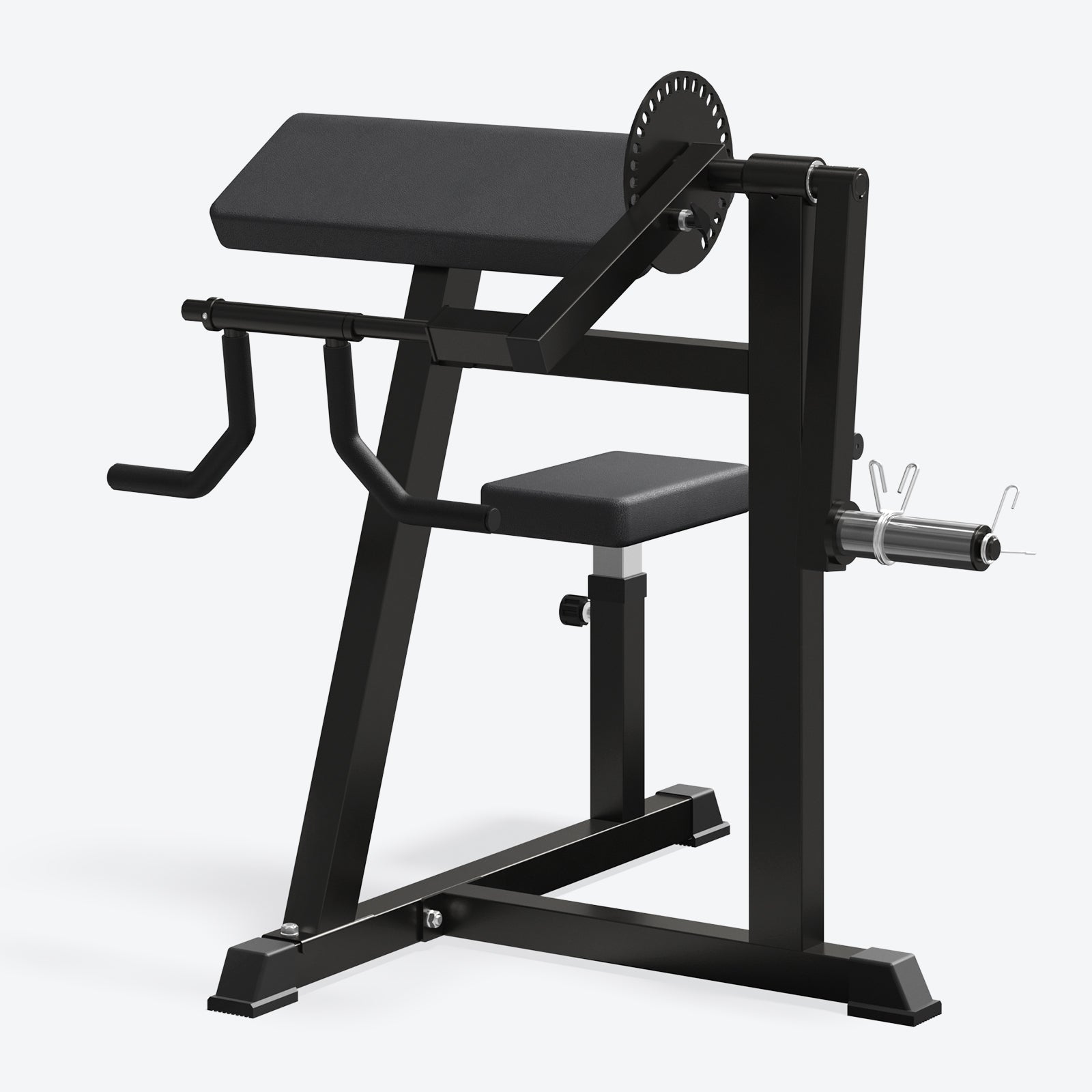
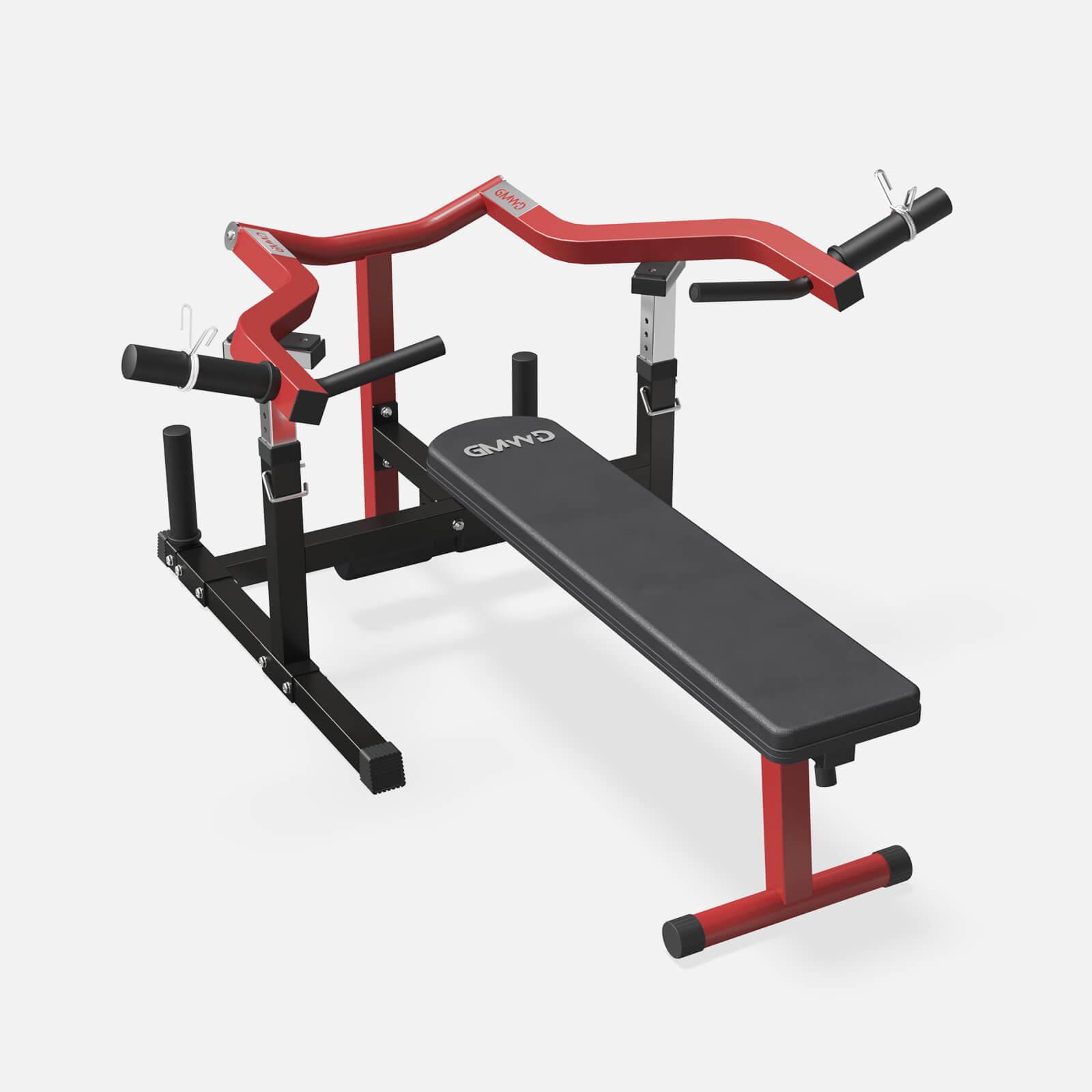
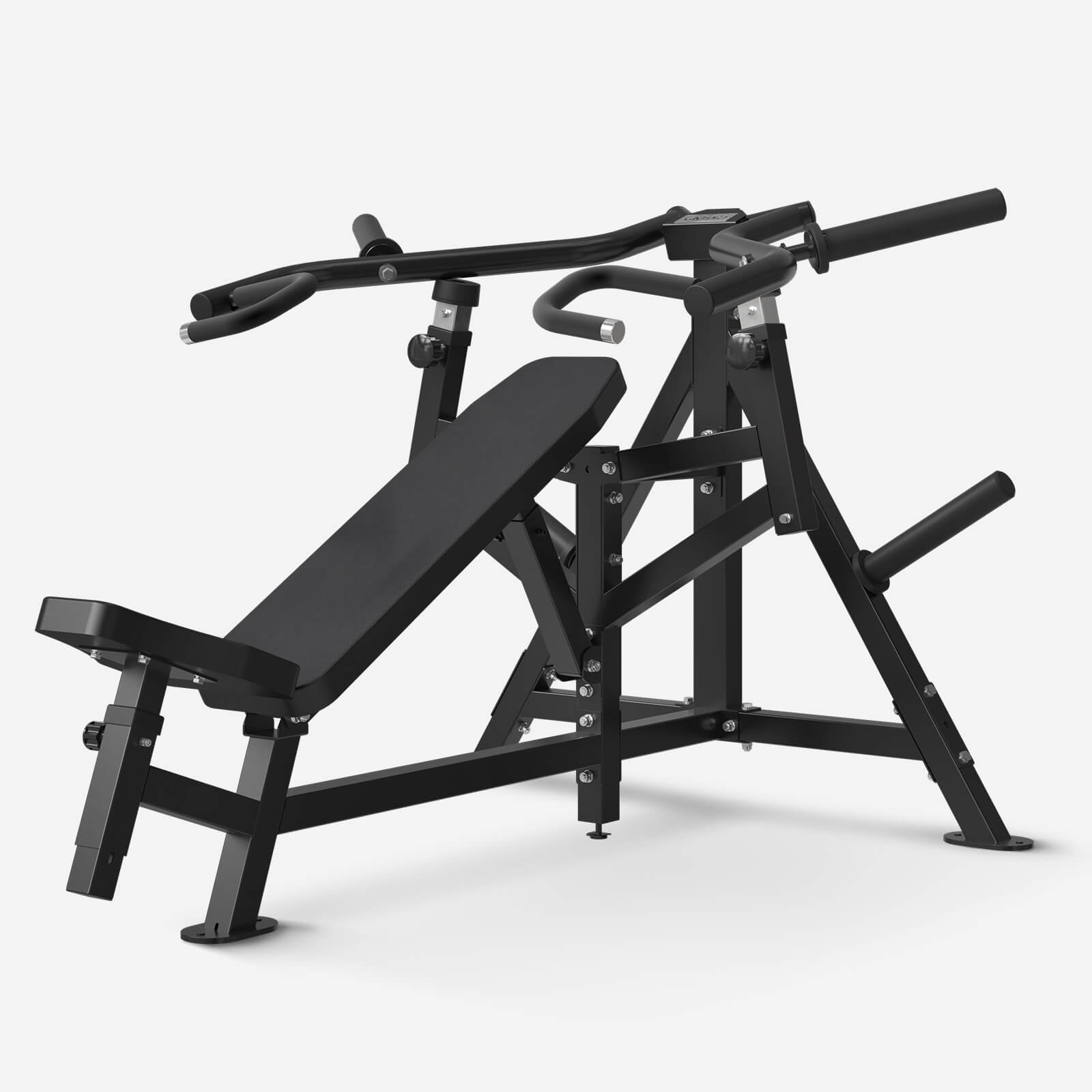
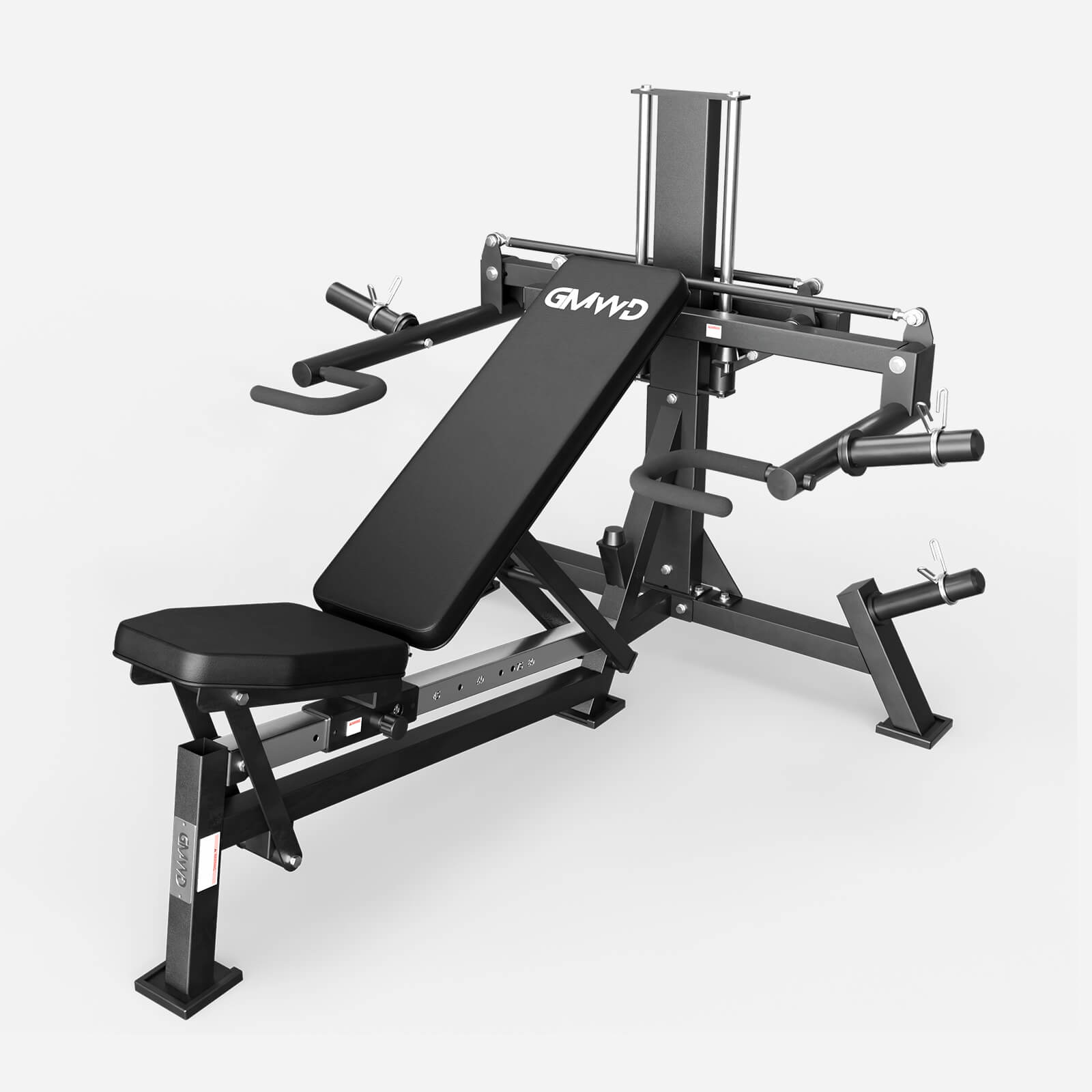
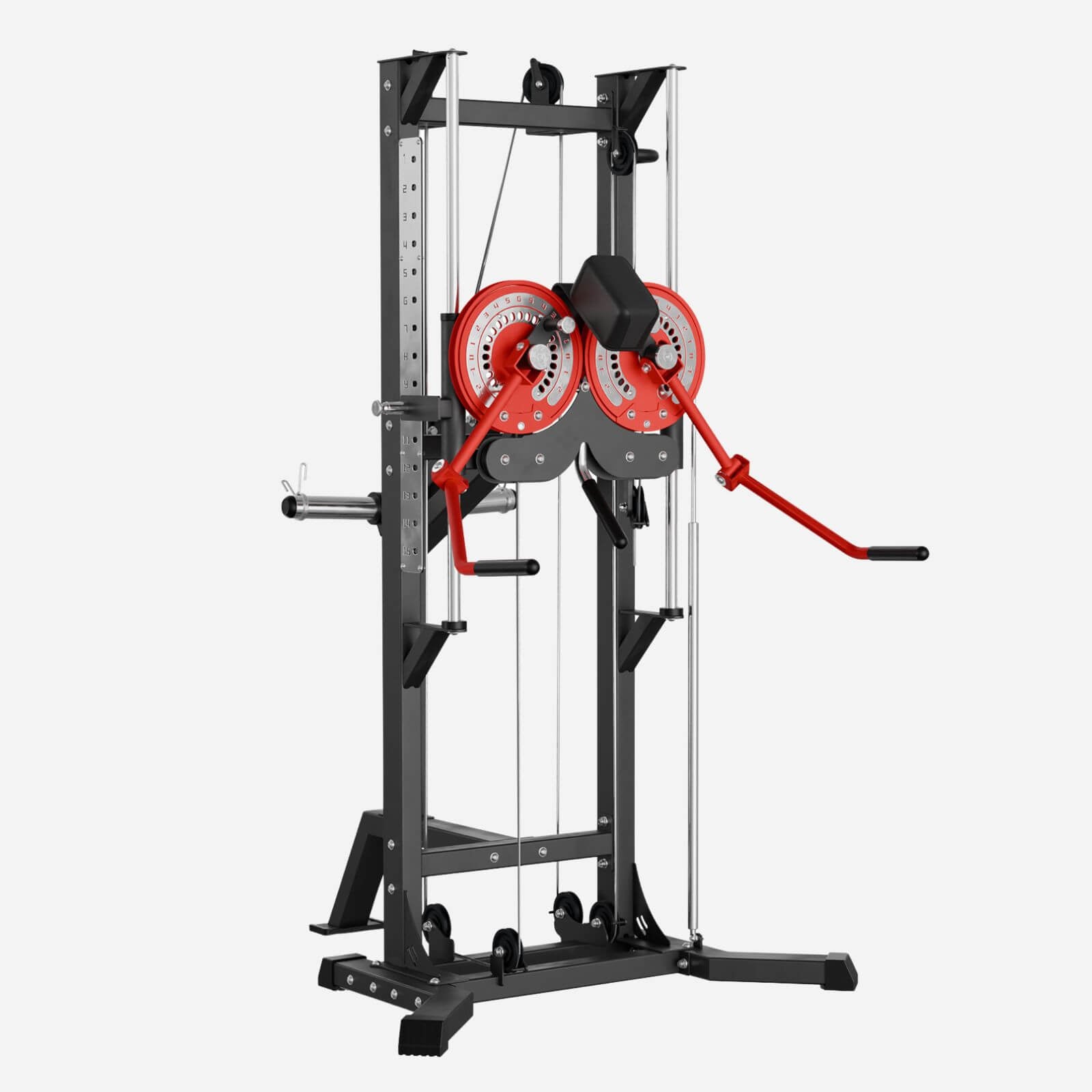
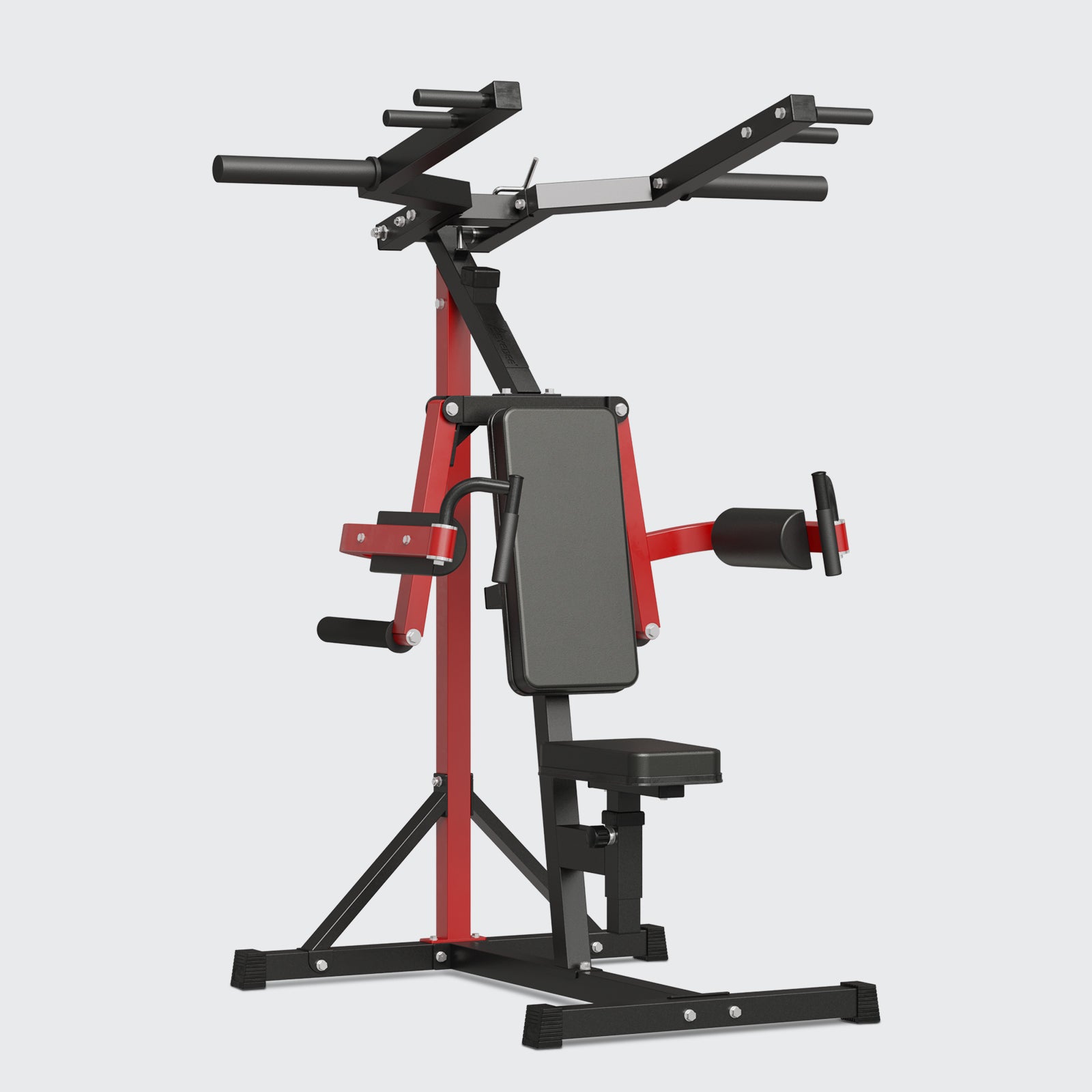
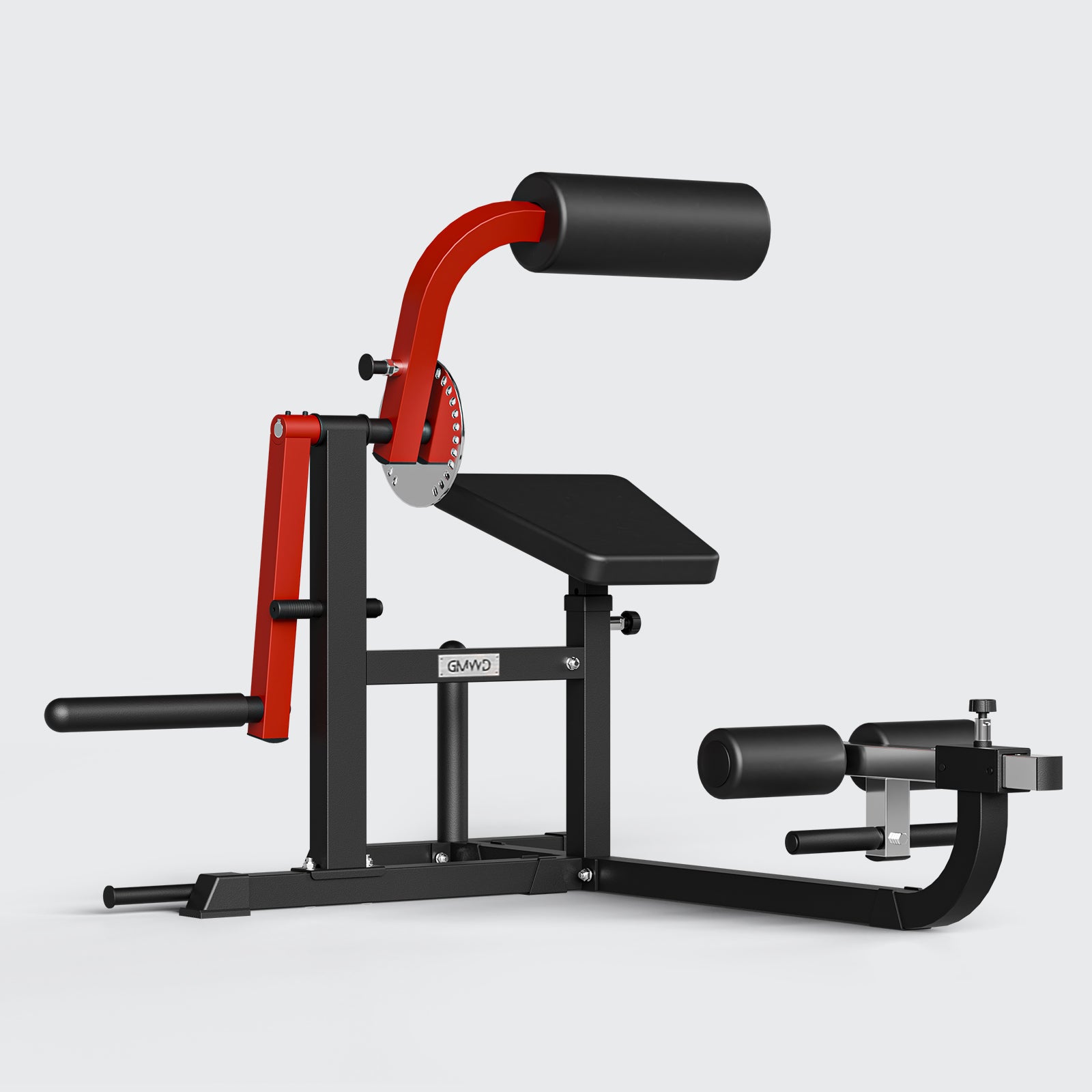
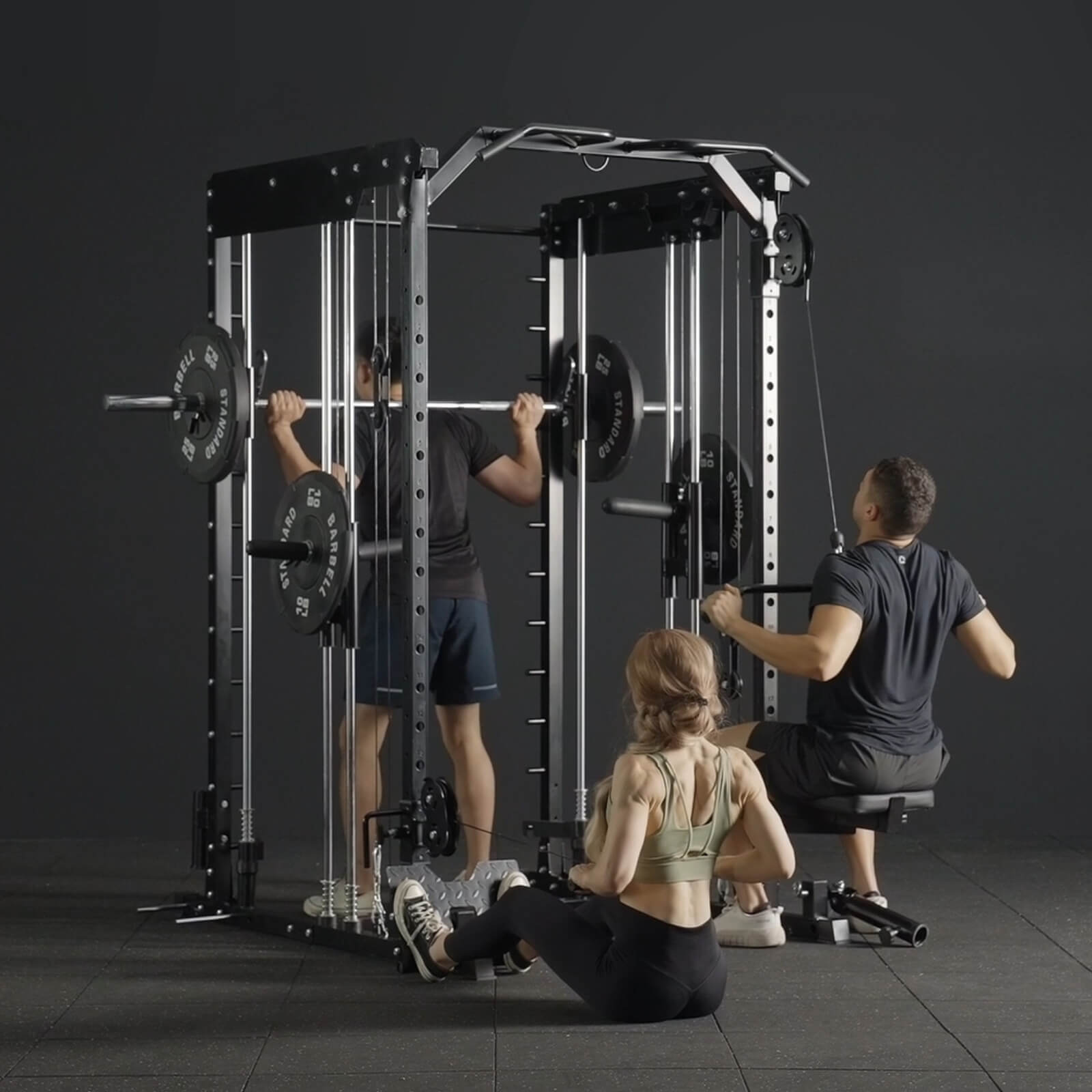
Leave a comment
All comments are moderated before being published.
This site is protected by hCaptcha and the hCaptcha Privacy Policy and Terms of Service apply.